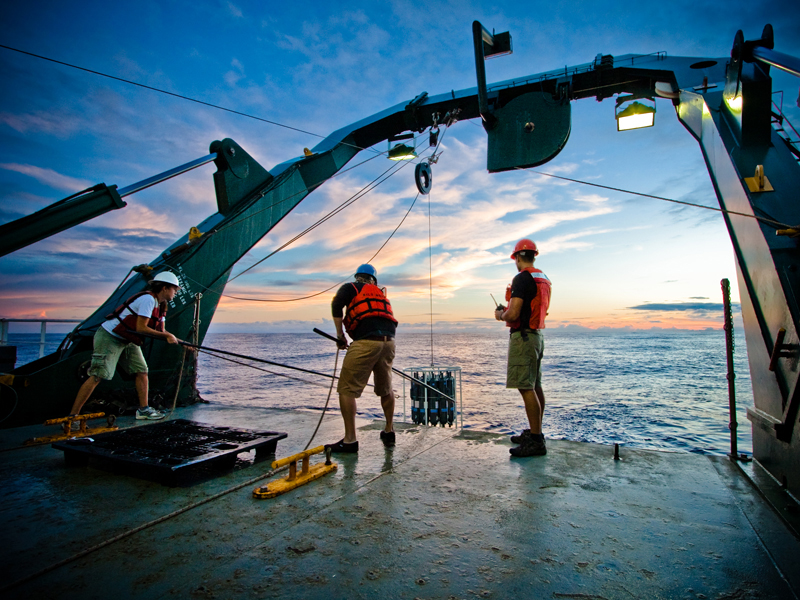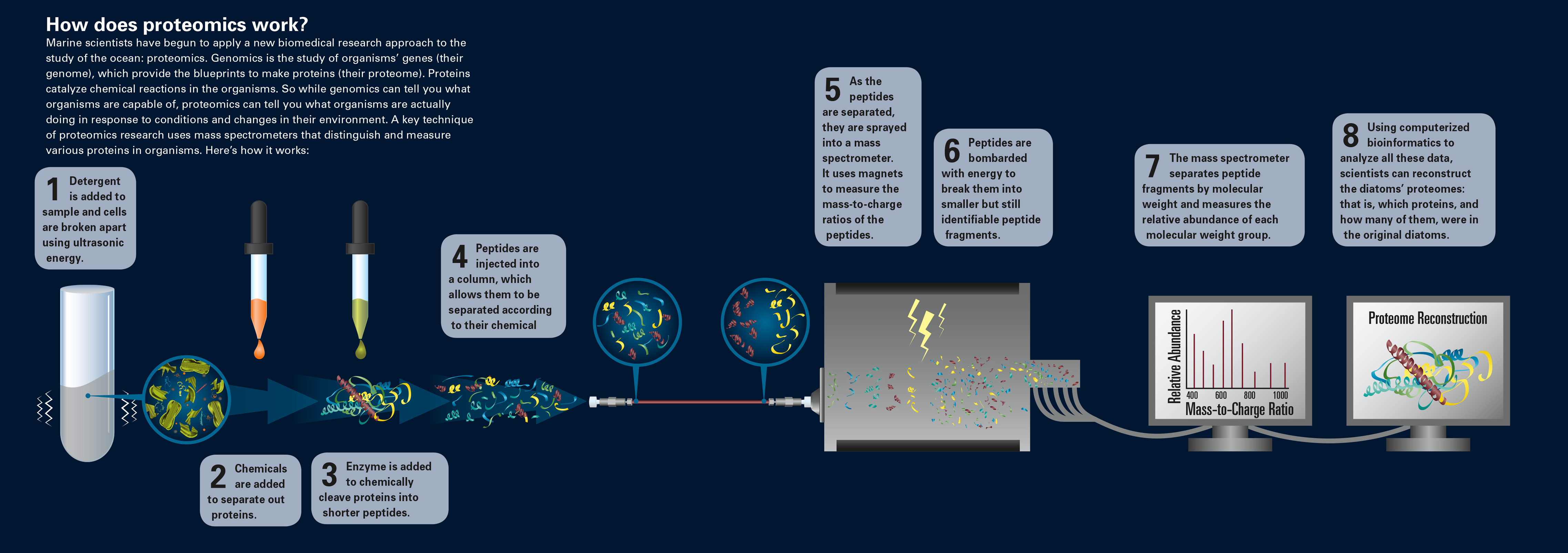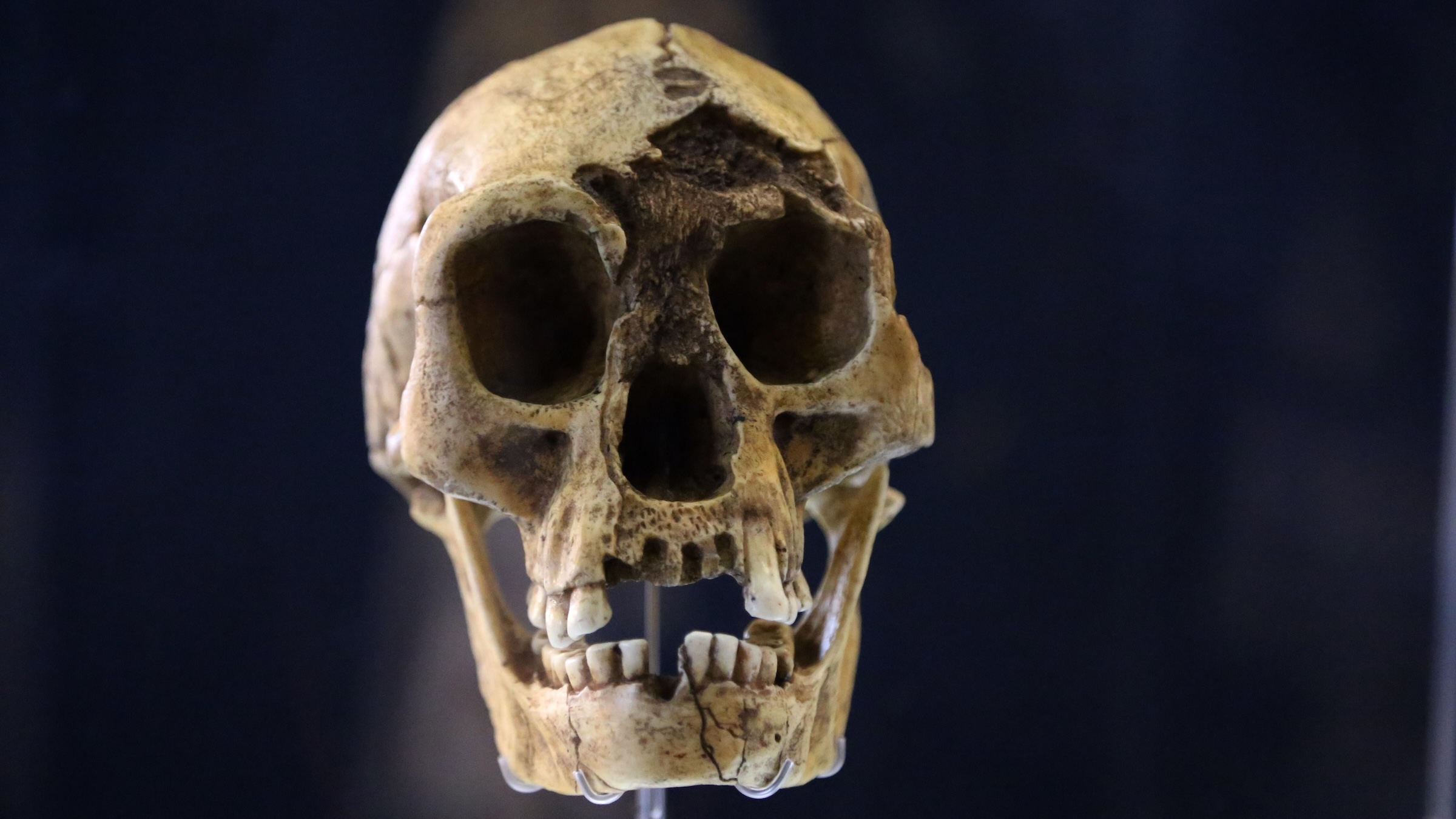How Crafty Ocean Bacteria Conquer Food Deserts

A small but mighty ocean bacterium will tweak its biochemistry to load up on scarce resources when food supplies run low, a new study reports. The little green microbes pump out proteins that scavenge for nitrogen, iron and other essential nutrients.
The discovery comes from bacterial proteins collected in seawater during a 2011 expedition between Samoa and Hawaii. The proteins were precisely tuned to highs and lows in various nutrients across the vast swath of territory, scientists report today (Sept. 4) in the journal Science. "The bacteria have this machinery they are able to flip on across these transitions," said lead study author Mak Saito, a microbial biogeochemist at the Woods Hole Oceanographic Institution in Massachusetts.
The bacterium, Prochlorococcus, is a photosynthesizing cyanobacteria and scientists think it produces 20 percent of the world's oxygen. The microscopic organism, smaller than a human blood cell, is also a foundation of the ocean's food web. Trillions upon trillions of Prochlorococcus transform carbon and nitrogen into molecules that bacteria-eating organisms use for energy.
The bacteria's own energy needs rely on a steady supply of iron, nitrogen and phosphorous, elements that often run short in the world's oceans. When these essential supplies are low, the bacteria rejigger their proteins, manufacturing biochemicals to better scavenge the rare nutrients.
The researchers looked for about 20 of these low-nutrient proteins in the ocean. The transect stretched from iron-rich waters south of Hawaii to severely nutrient-limited subtropical currents, covering a total of about 2,500 miles (more than 4,000 kilometers). [Photos: The World's 10 Biggest Oceans and Seas]
In regions with limited nitrogen, the microbes boosted their nitrogen-nabbing skills by producing high levels of a protein that transports urea, a form of nitrogen, the study found. Similarly, in low-iron areas, the bacteria's iron-grabbing protein levels rose.
The researchers were especially interested in the transition zones, where bacteria negotiated more than one shortage at a time (such as lows in nitrogen and phosphorous).
Get the world’s most fascinating discoveries delivered straight to your inbox.
Faced with famine, the bacteria deployed several specially designed proteins all at once, the researchers found. This was an unexpected discovery, because current thinking suggests ocean bacteria will focus their food-finding efforts on the scarcest resource, rather than grabbing for every meager morsel.
"There must be some metabolic cost for that, for having to deploy a major amount of iron and nitrogen and phosphorous transporter all at once," Saito told Live Science.
"Most biogeochemistry ecosystem models suggest that whatever nutrient is scarcest really controls the whole system," Saito said. "I think [the discovery] is kind of exciting. It moves our conceptions of the oceans to a more nuanced and realistic perception. It's not just about nitrogen or iron, there's really an array they've tuned themselves to respond to."
The protein measurement technique could enable scientists to directly track changes in the ocean's microbial communities and biogeochemistry, Saito added. "We can get so much more coverage and a much richer picture of what's happening."
Email Becky Oskin or follow her @beckyoskin. Follow us @livescience, Facebook & Google+. Original article on Live Science.




